Ship terms related to the nautical industry are often misunderstood not only by the people outside of the industry but also from who are part of it. Such misunderstanding of terms or definitions can lead to confusion among people, resulting in accident, loss or sheer embarrassment.
A number of these ship terms are very commonly used and spoken of; however, the fact remains that the true meaning of a number of them are still not fully understood by even the smartest people.
Let’s take a look at some of the most commonly misused and misunderstood ship terms and definitions. (Please do note that this is not an exhaustive list of misunderstood and words used on ships, but the important ones, we felt, need to be addressed.)
1. Weathertight Doors And Watertight Doors
These ship terms might not be very famous among people from outside the industry but are well known among maritime professionals.
The key difference between these two doors on ships is the location of their siting.
Weathertight Doors are primarily located above the waterline of the vessel. They are designed to prevent ingress of water from outside to inside. This generally includes a small head of water. Their main use is to prevent ingress of green seas into the space of the ship they are designed to protect. Most of the doors on deck / accommodation on tanker ships are weathertight doors. These doors are designed to open outwards thereby ensuring a positive pressure should there be a draught of water acting on them.
Weathertight Doors
Weathertight Doors
Watertight doors on the other hand are designed to prevent water ingress from both sides, thereby ensuring that watertight integrity of the neighbouring compartment of the ship is not lost. Watertight doors are located below deck level and are designed to open and close upwards or sidewards (usually by automatic means). Most of the doors on car carrier vessels and Ro-Ro decks are watertight. A remote indication on the status (open / close) of watertight doors is required by regulations.
Watertight Doors. (Image Credits: www.gard.no)
Hydraulic Watertight Door closing arrangement
2. Gross Tonnage and Net Tonnage
Some of the ship terms and definitions, though commonly popular in day-to-day life, are often misused on ships.
Gross Tonnage is the volume of all enclosed spaces on ship. This includes the Engine Room and other non- cargo spaces as well. The tonnage is calculated by a complex formula which is not in the scope of this article. Most of the Maritime Regulations (SOLAS, MARPOL etc.) are applicable to ships based on their Gross Tonnage.
- Gross and Net Tonnage should not be confused with Suez Canal Tonnage which uses a slightly different formula to calculate the toll for transiting the canal.
- Gross Tonnage (GT) and Net Tonnage (NT) should not be confused with Gross Registered Tonnage (GRT) and Net Registered Tonnage (NRT). One still finds the occasional old seafarer referring to tonnage as GRT and NRT. GRT and NRT were used prior to the IMO Convention – International Convention on Tonnage Measurement of Ships (1969). Both are now obsolete terms. They were replaced by GT and NT in 1994 in line with the convention.
3. Gulf and Bay
The worlds’ waterbodies are divided into Oceans, Seas, Gulfs, Bays, Rivers, Estuaries, Lakes, Straits, Canals etc. Most of these are self-explanatory. However, where most people fail to understand the difference is between Gulf and Bay as well as between Straits, Channels and Canals.
By definition, Gulf is a large waterbody which can sometimes be considered as an extended arm of a sea with a constricted entrance along a strait. A gulf is almost completely enclosed by land.
Eg. Persian Gulf, Gulf of Mexico, Gulf of Finland
Gulf (Image Credits: www.wikipedia.com)
Bay is similar to a Gulf but is generally smaller in size and with a wider entrance. However, there are exceptions to this definition. Eg. Bay of Bengal is much larger than most of the bays of the world. Also, a Bay is not enclosed by land to a large extent.
Eg: Bay of Biscay, Bay of Bengal.
Bays (Image credits: www.wikipedia.com)
4. Straits, Channels And Canals
Strait is a narrow water-body interconnecting two much larger water bodies (Eg. Singapore and Malacca Straits connect the Bay of Bengal and the South China Sea). Water flow is in both directions and is tidal. Most importantly, straits are naturally formed without human intervention.
Eg. Singapore Straits, Sunda Straits, Lombok straits, Straits of Hormuz, Bosporus Straits, Straits of Gibraltar.
Strait
Channels can simply be defined as wider Straits. They have the same characteristics as Straits only that they are bigger and have more navigable water.
Eg. English Channel, Mozambique Channel,
Channels
Canals are defined as man-made straits. It is an artificial waterway constructed to facilitate trade between otherwise dangerous routes or to cut short distances between natural routes.
Eg. Suez Canal, Panama Canal, Kiel Canal.
Canal
5. Density and Specific Gravity
These ship terms is more to do with Tanker Officers and Crew.
Hydrometer being used to check the density of Sea Water
Density, by definition, is the amount of matter per unit of volume. Or more simply, mass over volume. Hence it has units of kg/cm3.
Eg. Density of Sea Water is approx. 1025 kg/m3
Specific Gravity is a ratio of the density of the substance divided by some reference material, typically Fresh Water. The units cancel each other out and hence it is more often referred to as a ration.
Eg. Specific Gravity of Diesel Oil is 0.86
Density and Specific Gravity are the same if the reference material is Fresh Water since the Density of Fresh Water is 1.0 kg/cm3.
6. Fairleads, Chocks, Bitts, Bollards And Dolphins
Fairleads, Chocks, Bitts, Bollards, Dolphins etc. are commonly used ship terms in mooring operations of vessels.
Birds Eye View of a typical Mooring Arrangement on Oil Tankers
Fairleads: are welded directly on to the ship’s hull structure. Fairleads have a roller attached to them to guide mooring wires to winches for the correct lead. Pedestal Fairleads are commonly found on modern day ships to guide a mooring lines lead between the chock and the winch. Universal Fairleads were widely used ships earlier in lieu of chocks.
Pedestal Fairleads assist in guiding mooring lines for an appropriate lead.
Chocks: are structural reinforcements on ships which guide the mooring lines to and from the shore / other vessels. Chocks need to be of a much higher SWL than the mooring line to avoid structural damage and withstand various forces when a vessel is moored.
Chocks on Oil Tankers
Bollards: are generally referred to short posts on the quay / jetty used to secure Ship’s Mooring Lines. A single bitt on ships may also be referred to as a bollard around which the eye of the rope is attached. Oil Tankers have special bollards in the manifold areas called cruciform bollards which are used for securing / supporting flexible hoses for cargo operations.
Cruciform Bollards on Tankers in the Manifold area
Tankers Cruciform Bollards in the Manifold area
Bitts: are double bollards / posts mounted vertically on ships to secure mooring lines from other vessels (during STS operations), tug lines or secure Fire Wires on Tankers. Bitts are always found in pairs. It is important to inform the pilot or tug operator of the SWL of the bitts to ensure that the tug does not exceed this force when pulling the vessel.
Mooring Bits on Oil Tankers – For securing Tug Lines, Fire Wires, and Mooring ropes / wires from other vessels during STS operations.
Dolphins: Are found only ashore. These are independent platforms on the jetty with hooks or bollards for securing the ship’s mooring lines.
7. Derricks And Cranes
Derricks and Cranes are both ship terms related to lifting appliances. Derricks are now relics of the past and found only on a few older ships. They have been replaced by the more versatile and much simpler Deck Crane.
Derricks are lifting devices composed of one or more guy masts (supporting member). A derrick is controlled by several lines connected to the top of the mast, which controls the lateral and vertical motion of the derrick. The runner up/down function to lift and lower a load is accomplished by a separate line similar to a crane.
A Simple Derrick
The most popular derrick on ships is the Union Purchase Rig which uses two derricks enabling the operators to accomplish the loading and discharging of cargo much faster than single derricks.
One of the major disadvantages of the Derrick is that it takes longer to change the rig to suit different cargo types and lifts. The operation of derricks also requires at least two winch operators.
Cranes are similar to derricks but are much simpler in operation. A single crane driver accomplishes all functions – Runner up / down, Boom Up / Down, Swinging sidewards, etc. Most shipboard cranes are designed to swing through 360 degrees, but may also have safety limit switches which prevent cranes from operating in angles which can cause damage to structures. Limit switches are also provided to prevent the runner wire from reaching the end of the drum.
Cranes Used on Oil Tankers
8. Swinging Circle And Turning Circle
Swinging and Turning Circles – ship terms related to vessel navigation, are often confused with each other.
Swinging Circle is a ship term used when the vessel is at anchor. This is the theoretical radius in which the vessel is expected to swing when at anchor. The radius of the swinging circle is generally calculated as (Number of Shackles x 27.5 mtrs + Length of the Ship in mtrs). After anchoring, the officer of watch (OOW) should ensure that the vessel remains within the Swinging Circle and that no other vessel anchors within the vessel’s swinging circle plus some safety distance as decided by the Master. As is evident, the swinging circle is not fixed and depends on the number of shackles paid out.
Turning Circle is part of the vessel’s manoeuvring characteristics. It is the diameter circumscribed by the vessel when the rudder is put hard over when going full ahead. This shipping term is generally determined during the vessel’s sea trials before delivery. The yard will provide details of the turning circles in Loaded and Ballast Conditions for shallow and deep waters. Turning circles are posted on the bridge and included in the Wheelhouse Poster and one need not calculate the turning circle each time and for different conditions.
9. Gangway And Accommodation Ladders
These are still two of the most often interchanged ship terms in use on vessels. Although, their purpose is the same . i.e to serve as a link / bridge between the ship and the shore, their rigging and usage is different.
Gangways are rigged at right angles to the fore and aft line of the ship. Gangways should not be used at an angle of inclination greater than 30 degrees to the horizontal. Gangways are mandatory for ships over 30 mtrs in length. Gangways must only be rigged on railings that are reinforced for this purpose.
Accommodation Ladders are rigged in the fore and aft direction of the ship and face astern. The maximum angle of inclination from the horizontal shall not exceed 55 degrees. Accommodation ladders are generally fixed on the vessel and are swung out using dedicated winches and motors. These are mandatory for vessels over 120 mtrs in length.
10. Annex, Code, Convention And Protocol
Amongst the myriads of ship terms and definitions, the above stand out as the most confusing. Let us look what each one stands for.
Convention is a formal treaty between signatory states to comply with various aspects that are governed by the agreement which forms the basis of the treaty. Conventions have to be first adopted by IMO before they can be ratified by member states.
Eg. SOLAS Convention, MARPOL Convention, Loadline Convention, Maritime Labour Convention etc.
In merchant shipping, a Convention is binding on all member states only if it has formally been adopted by IMO and then ratified by member states. The rules for adopting conventions (tacit and active acceptance) are not in the scope of this article.
Protocol: A protocol is a supplementary treaty which modifies a Convention. It is a treaty that supplements or adds to a pre-existing convention. Instead of bringing out a new convention altogether, it is easier to enhance the convention by means of a protocol.
Eg. MARPOL 73/78 stands for The International Convention for the Prevention of Pollution from Ships which was formalised in 1973 and modified by the Protocol of 1978. The combined convention did not come into force until 1983 due to lack of ratifications.
Code: A Code is part of a Convention and contains various technical details of important aspects of the Convention. In other words, a code assists in elaborating the contents of the convention. It forms a part of a convention and cannot exist as a standalone regulation.
Eg: ISPS Code (International Ship and Port Facility Security Code) is part of the SOLAS convention, LSA and FSS Codes also form parts of the same conventions.
Annex: An Annex is also a part of convention which is introduced after the convention has been formalised. An annex to a convention adopted by IMO, has to be separately ratified by the member states to become legally binding on all member states.
Eg: MARPOL presently has six annexes all of which have been ratified by member states at various time intervals since the convention first came into force.
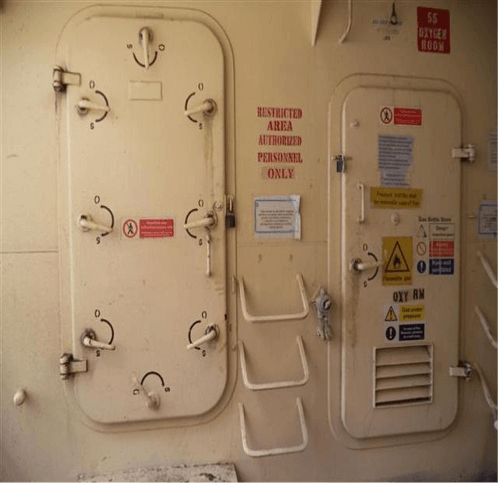
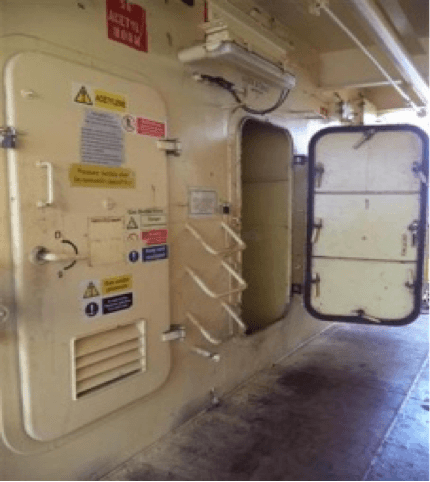
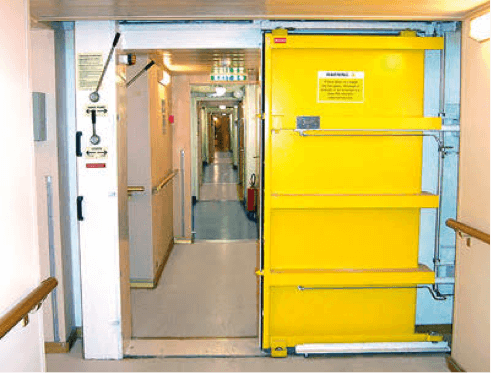
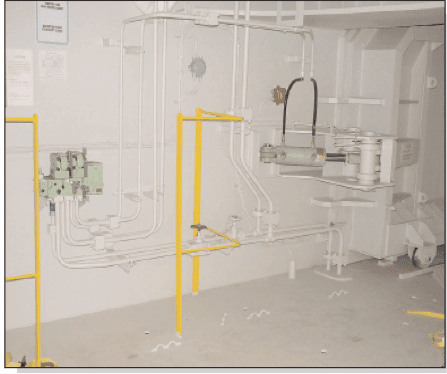

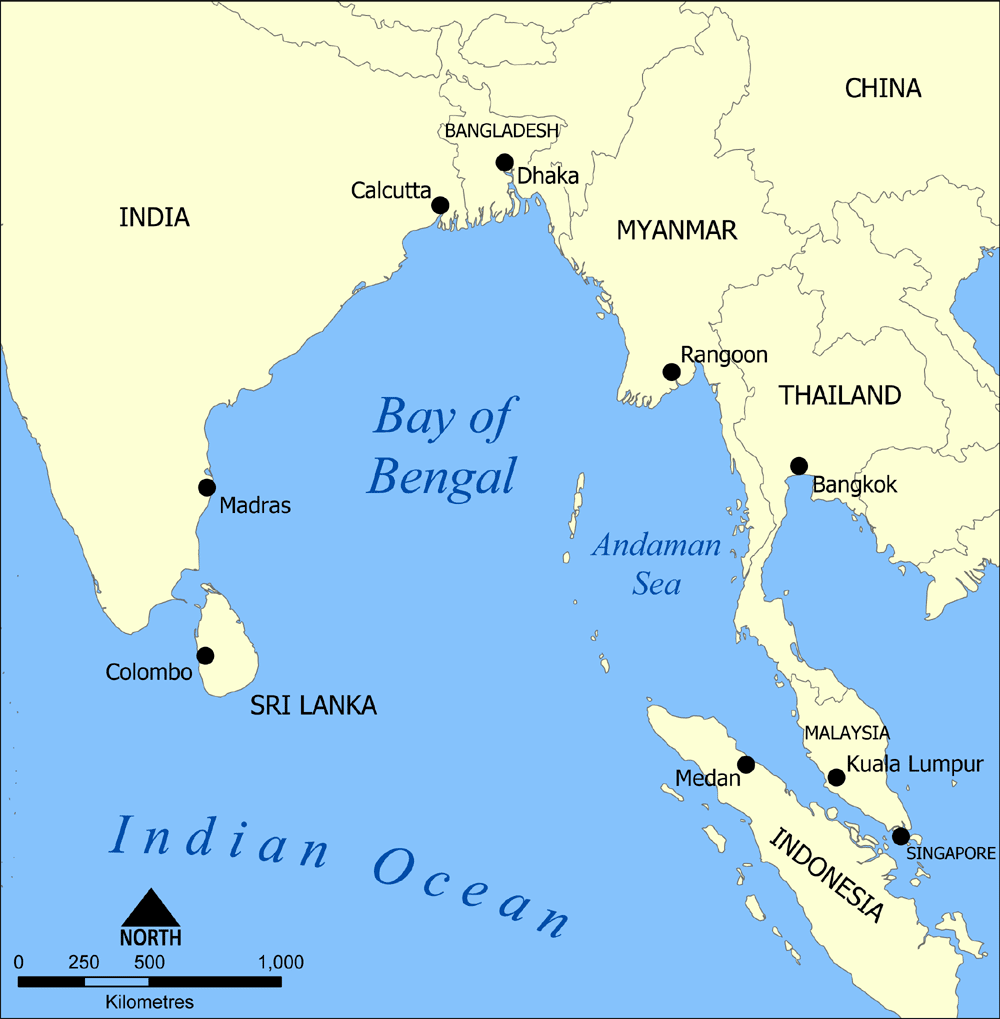
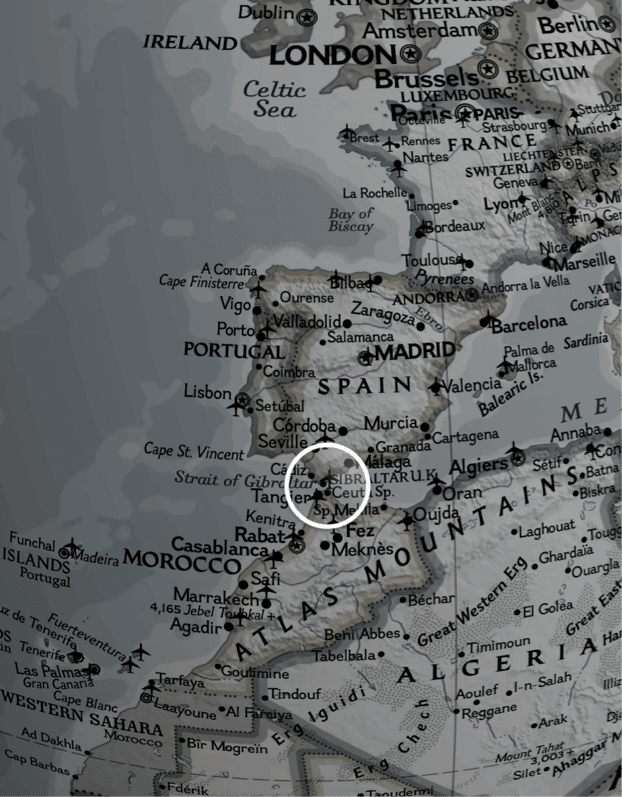
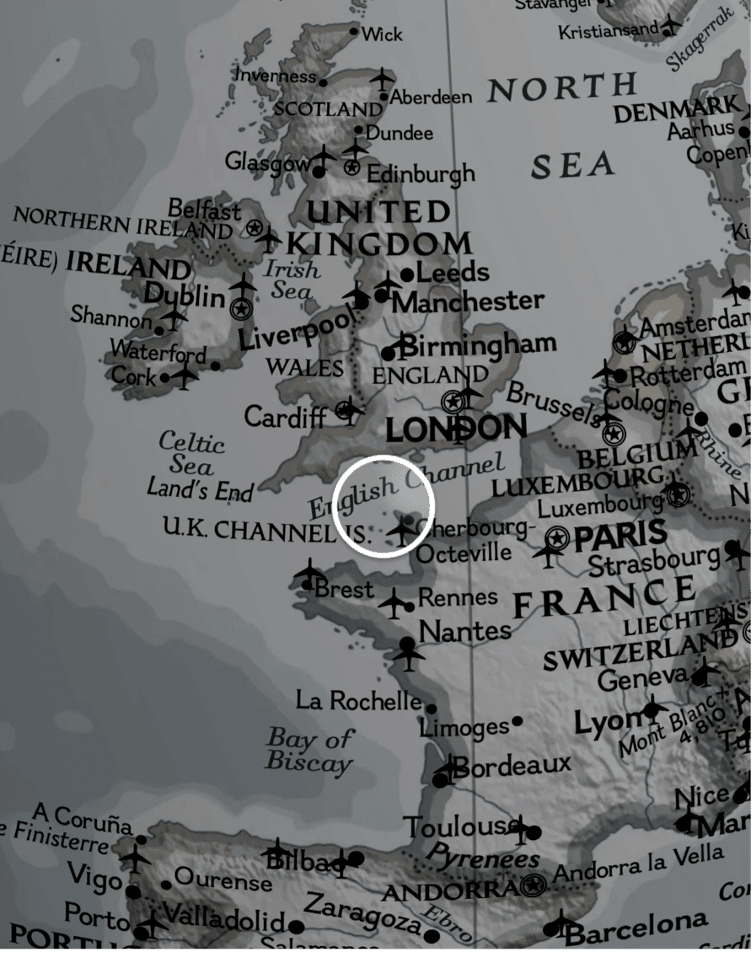
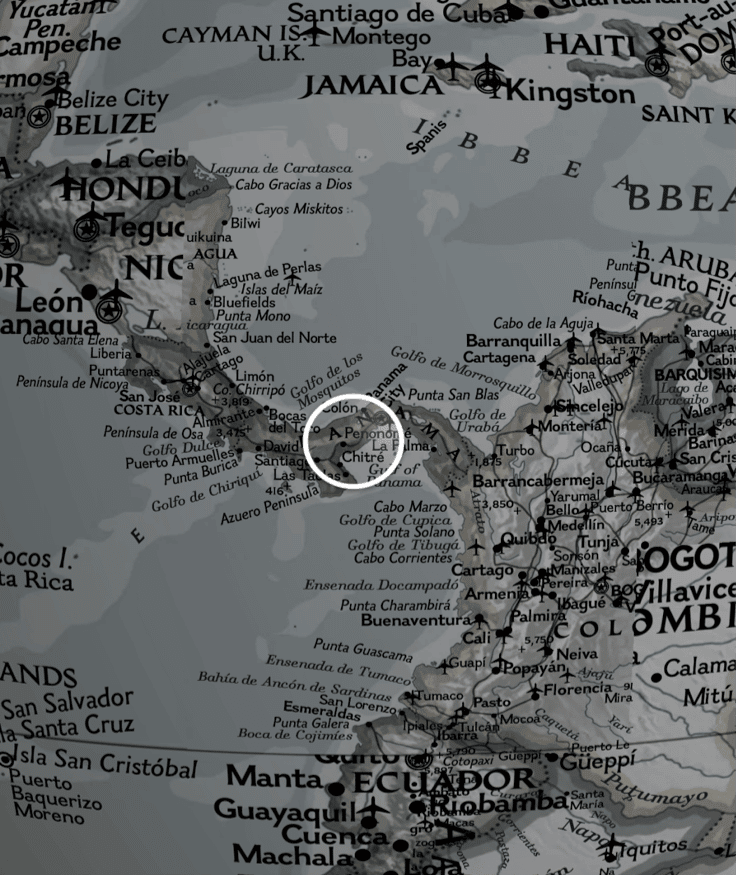
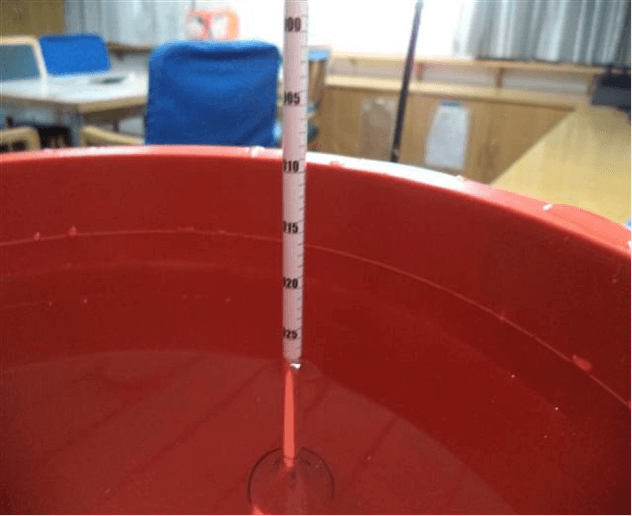
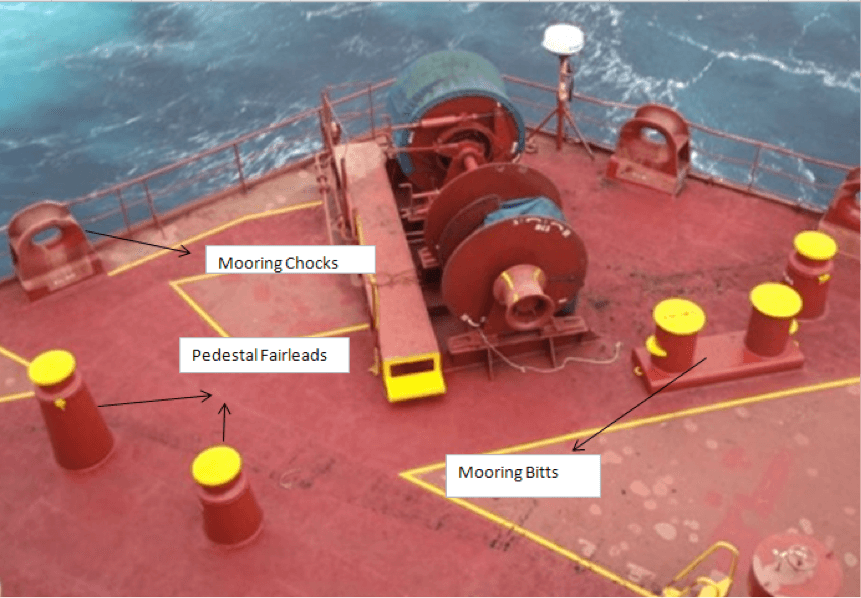
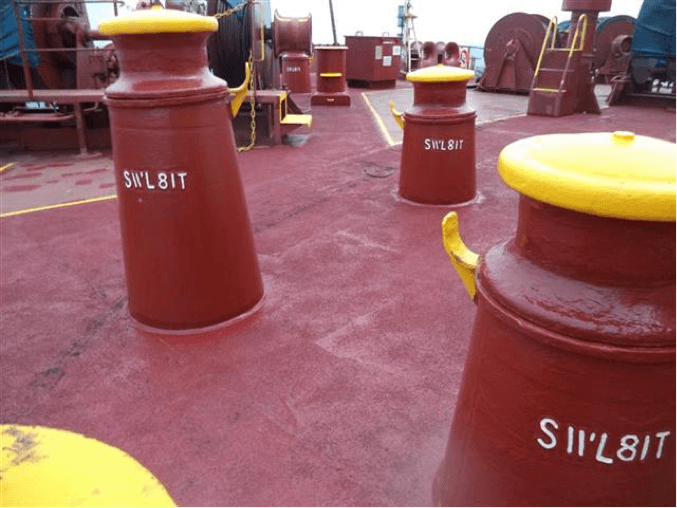
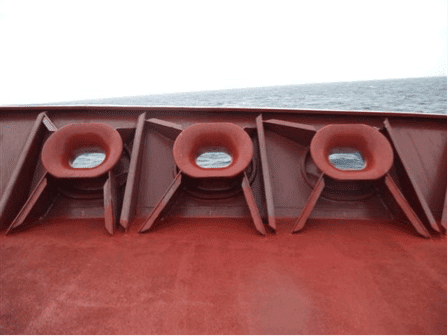
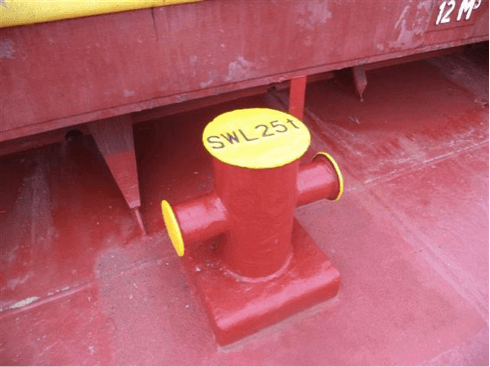
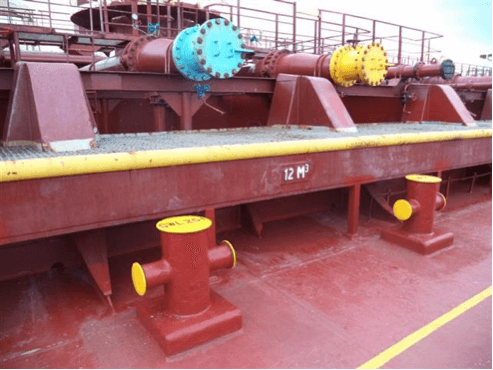
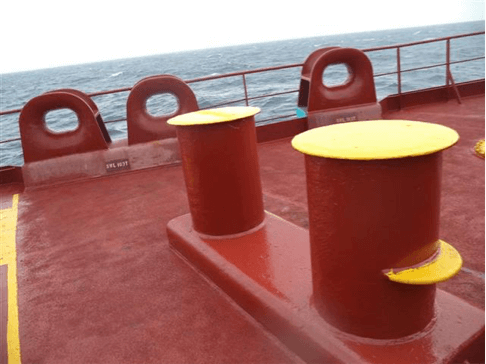
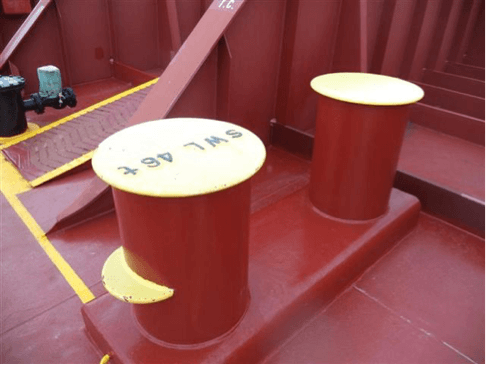
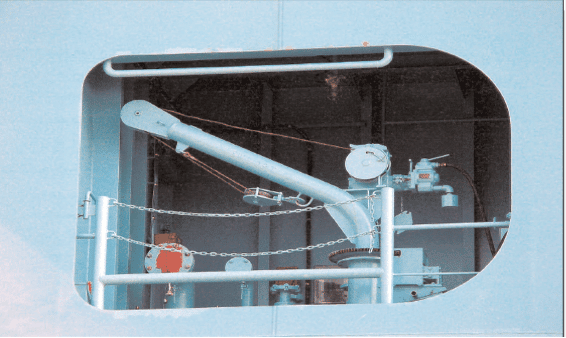
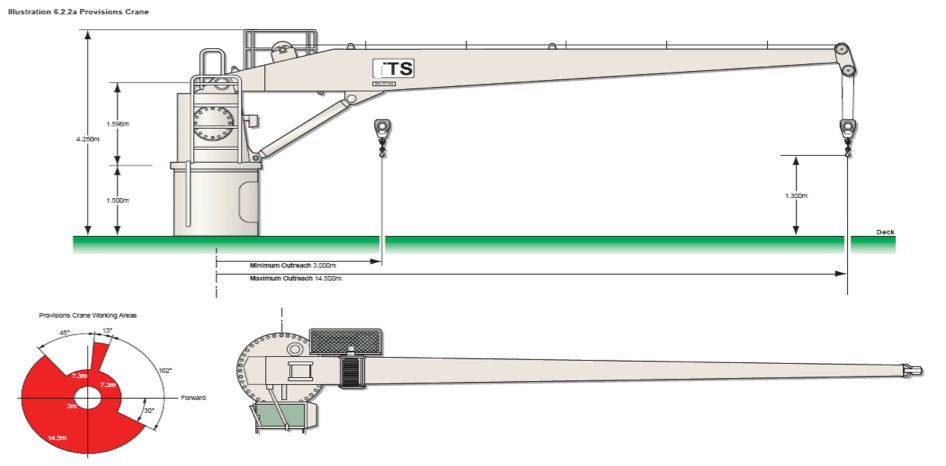
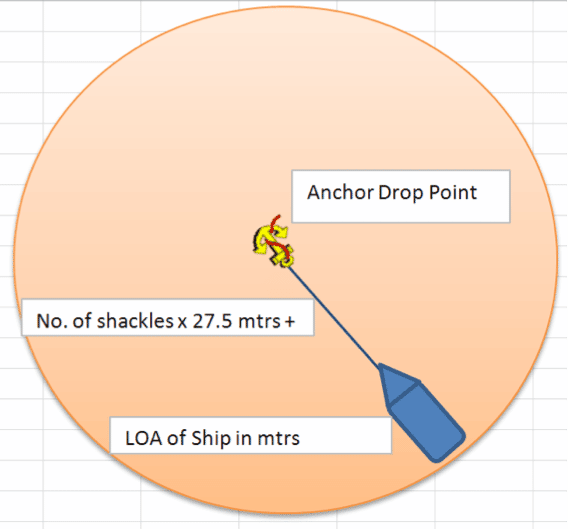
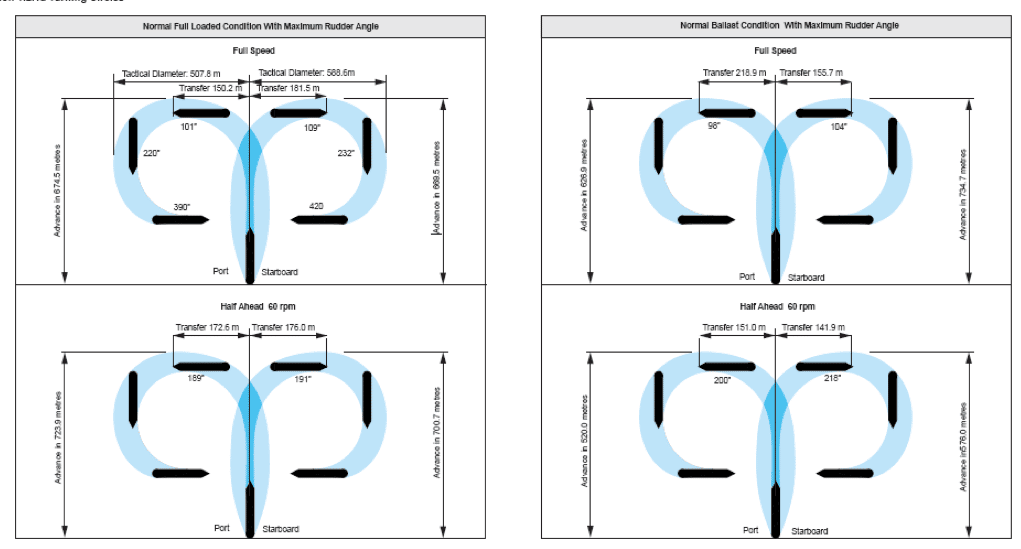
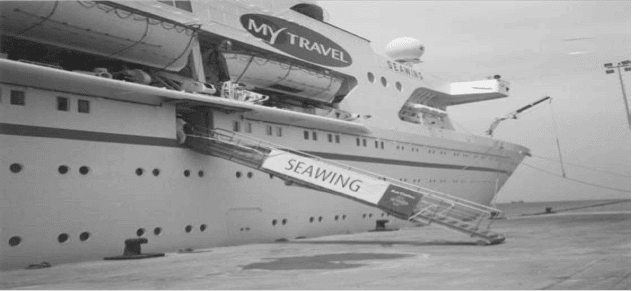
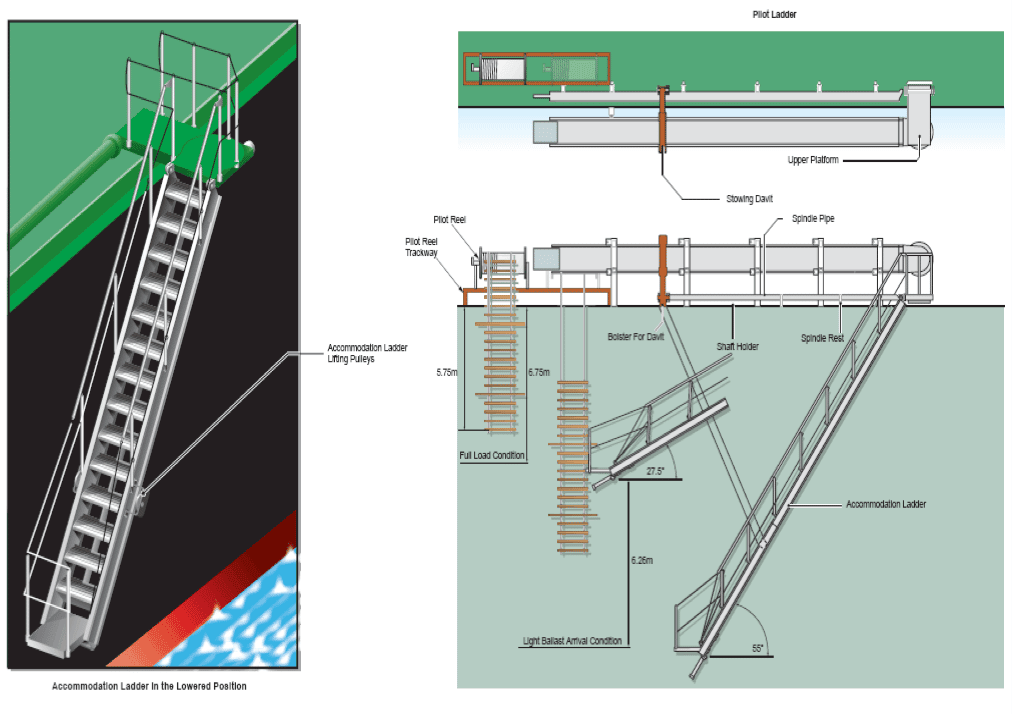
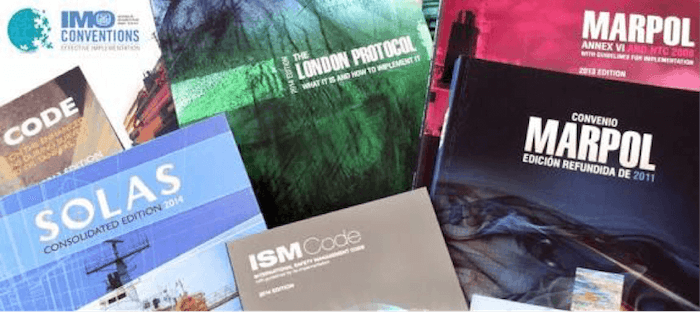

No comments:
Post a Comment